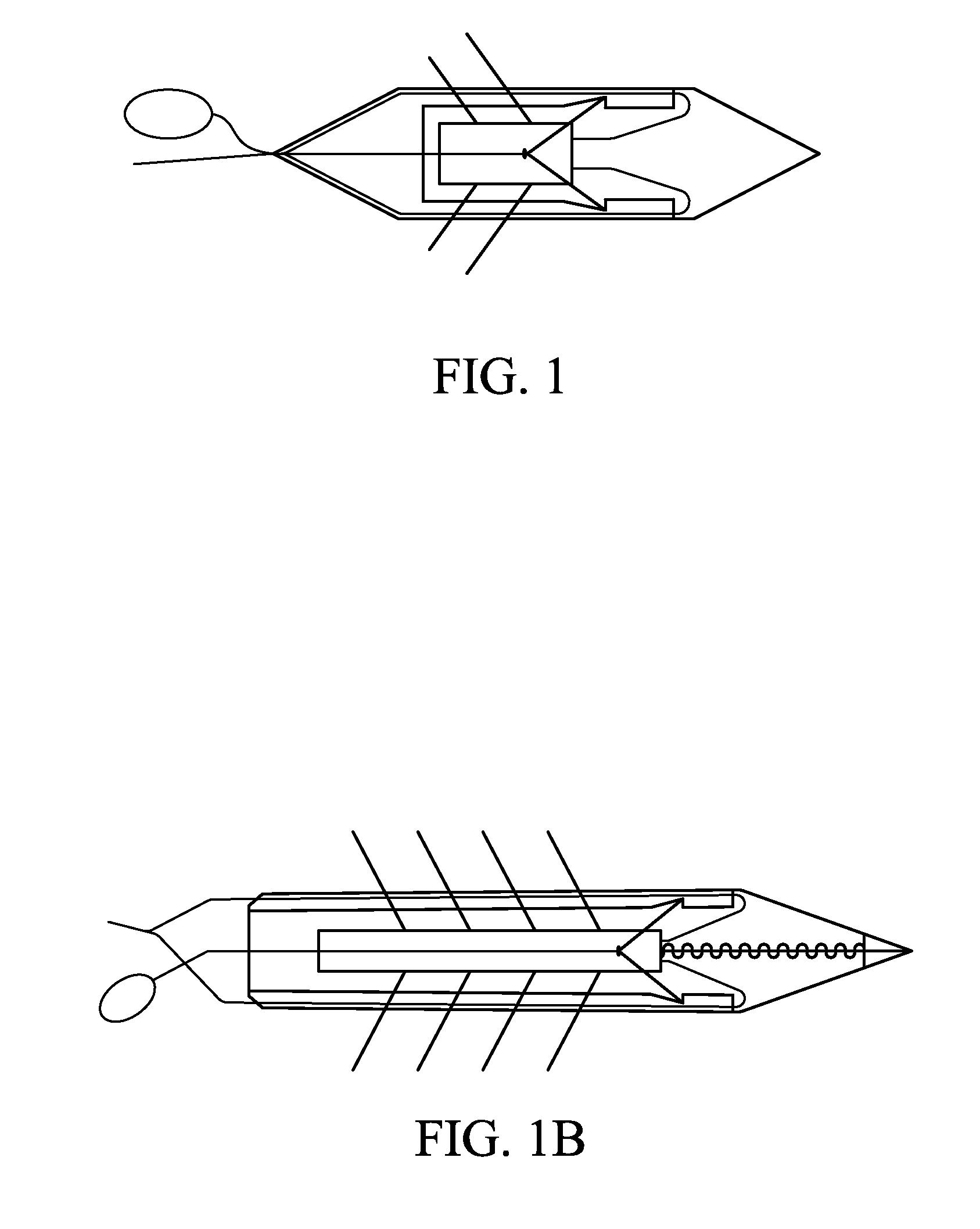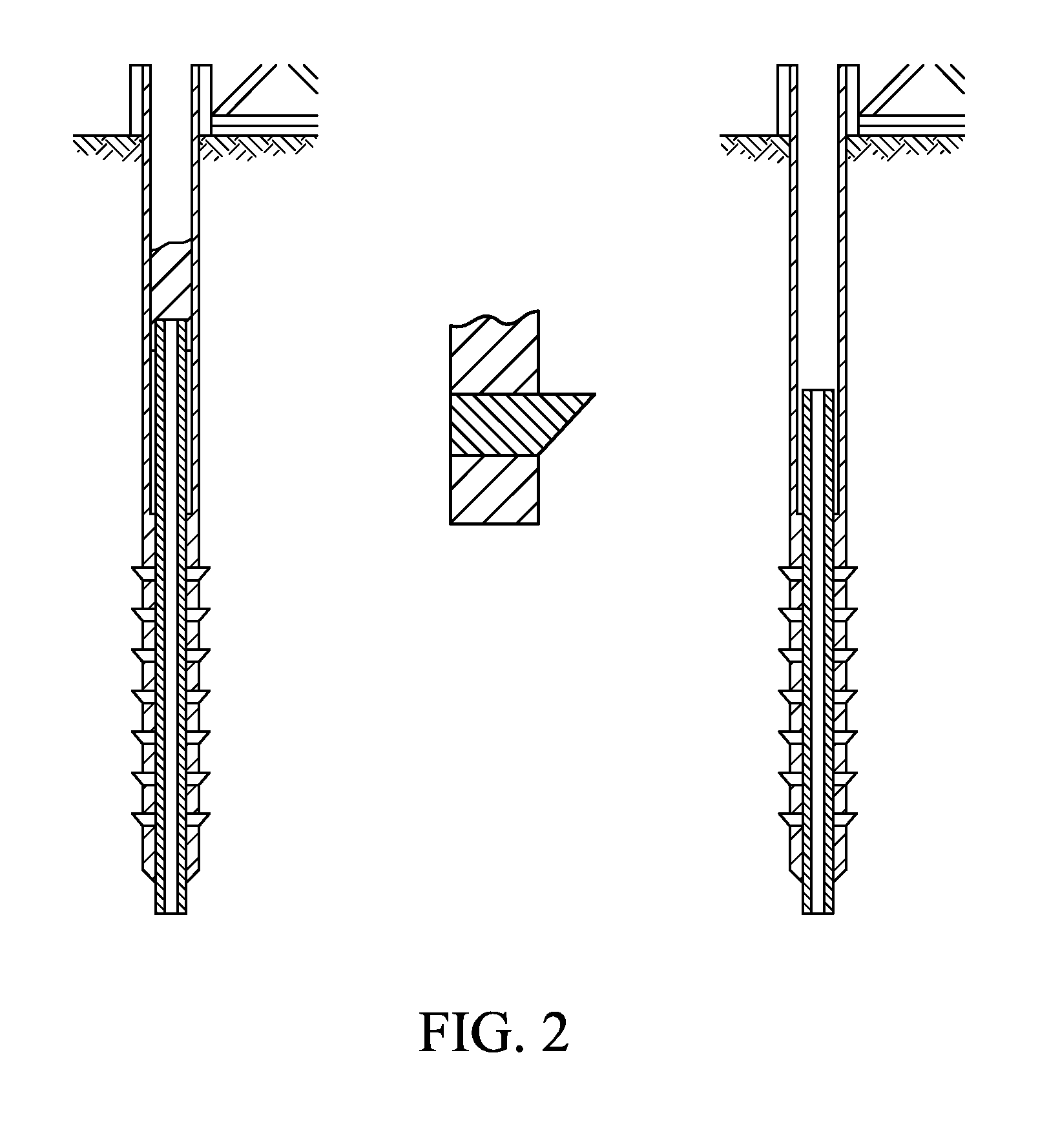Devices and Methods for Treating Cardiomyopathy
- Summary
- Abstract
- Description
- Claims
- Application Information
AI Technical Summary
Benefits of technology
Problems solved by technology
Method used
Image
Examples
Embodiment Construction
Definitions
[0048]The following definitions are provided as an aid to understanding the detailed description of the present invention.
[0049]“Adjustable tether” or “adjustable tensioning device” is defined herein to mean the combination of an adjustable mechanism with an elongated piece of medically appropriate material for mechanically connecting two or more tissues together at a predefined distance.
[0050]The term “adjustable” refers to a mechanism which is accessible to a medical practitioner and operates to reversibly adjust the length of the tether within a few steps or less.
[0051]“Anchors” for the purposes of this application, is defined to mean any fastener. Thus, anchors may comprise C-shaped or semicircular hooks, curved hooks of other shapes, straight hooks, barbed hooks, clips of any kind, T-tags, or any other suitable fastener(s). In one embodiment, anchors may comprise two tips that curve in opposite directions upon deployment, forming two intersecting semi-circles, circle...
PUM
 Login to View More
Login to View More Abstract
Description
Claims
Application Information
 Login to View More
Login to View More - R&D
- Intellectual Property
- Life Sciences
- Materials
- Tech Scout
- Unparalleled Data Quality
- Higher Quality Content
- 60% Fewer Hallucinations
Browse by: Latest US Patents, China's latest patents, Technical Efficacy Thesaurus, Application Domain, Technology Topic, Popular Technical Reports.
© 2025 PatSnap. All rights reserved.Legal|Privacy policy|Modern Slavery Act Transparency Statement|Sitemap|About US| Contact US: help@patsnap.com



